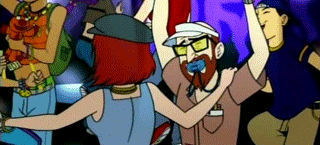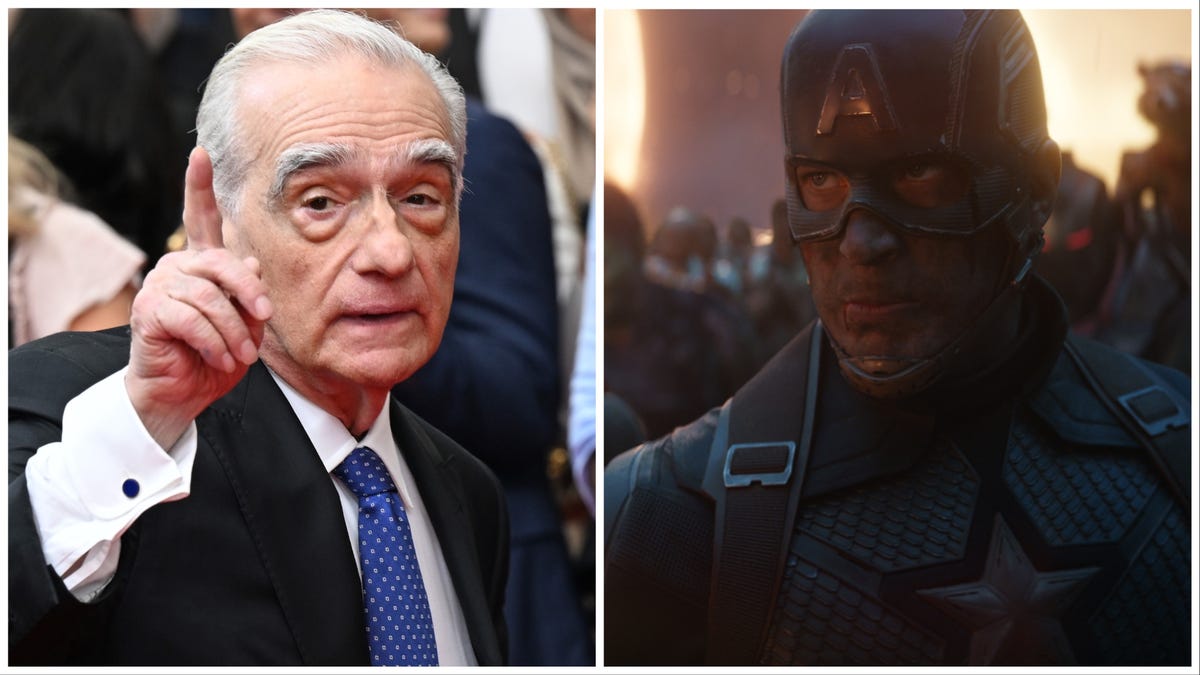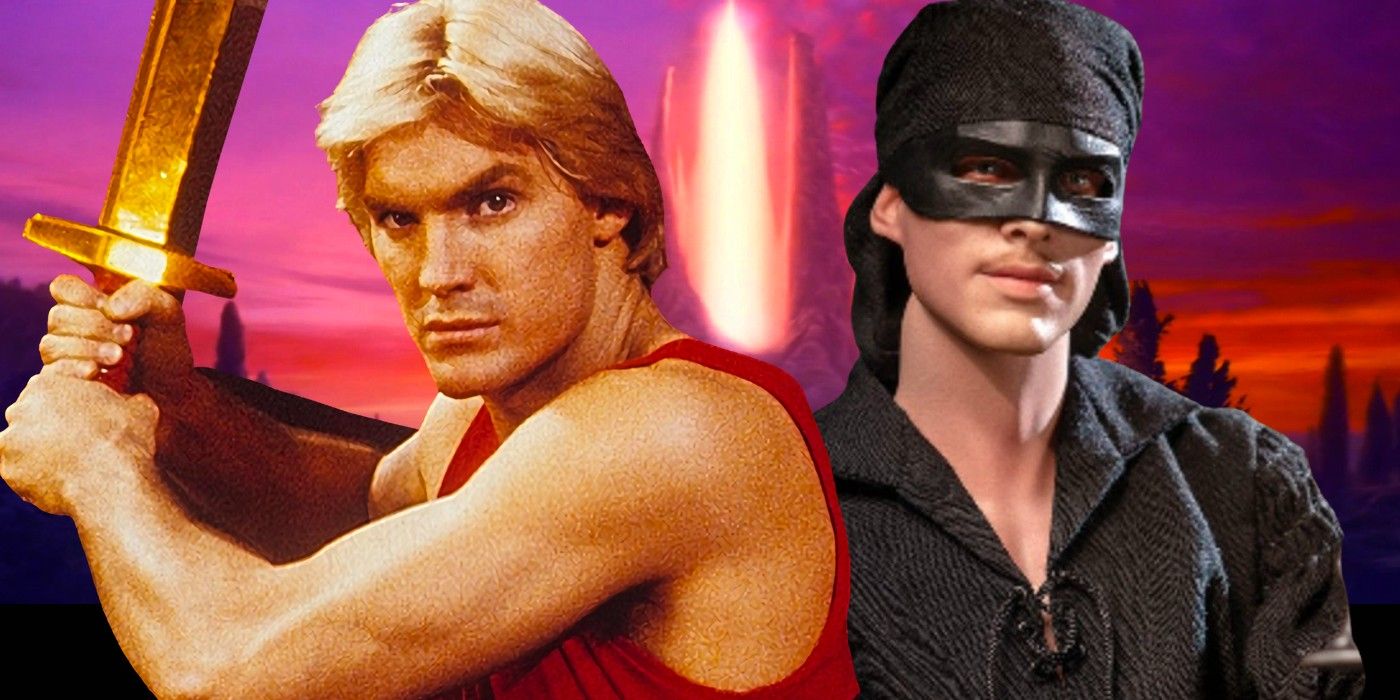I am very familiar with Fire and Ice, having seen it a number of times while younger. I can concede some points in the documentary in that this was not atypical for Frazetta's artwork and that he was also active from what, the 40's through the 80's or so (maybe a bit beyond, but I'd call the 60-70's his heyday as an artist) so he wasn't really doing much other than mirroring the times. Also, Bakshi despite his ventures into fantasy (like Wizards and Lord of the Rings) was also know for animated films with sexual content and films that explored racial themes -- I'm not very familiar with them other than reading some synopsis, it was just
I mean, I'll just be upfront and state my points: (1) Princess Tigra is highly sexualized (ridiculously so, it's almost absurdism or satire) and (2) the portrayal of the natives is definitely problematic, even if more complex than the obvious.
Tigra herself is independent and/or tries to get away, etc., and the voice acting is strong, so that's a plus; but there's so many crazy shots in this film that just are meant to ogle her body, which is functionally naked. ALso remember that this film heavily features rotoscoping, which Bakshi was really exploring (he used it in LotR) where they would film scenes and trace the cels in animation, so I assume they shot all this with a live actress to trace with.
Everything is visually color-coded for sure, to help identify where people are from when you're not familiar with the backstory, so it is in part a convenience. Nekron and Mommie Scariest (talk about a Psycho symbiosis) are pale white and/or grey (I can't really tell), the Firelands folks are reddish-brown, I think Tigra actually looks more white/peach rather than reddish brown like her male relatives, I think the jungle witch and her dull-witted giant servant are also the peach of Tigra, our male hero (mainly the guy who gets the girl, because he's competent physically but not like a superhero) is a healthy bronze tan with blonde hair, Darkwolf speaks like an American but is darker reddish-brown, and then the slaves and chattel are all brown-black and portrayed very much like the superstitious African natives trope. Nekron's mother constantly refers to them as "the dogs" and less than human, and they are just cannon fodder and portrayed as in thrall to her and they die in the scores and hundreds as obstacles in the final fight sequence and also in the beginning of the film as part of the invading army.
From Frazetta, I don't read as much into it -- like I said, he was playing more with appearance and tropes and the symbols of the time period that were still in vogue. Bakshi I'd be harder on because he was always trying to do things that challenged status quo and considered himself enlightened, but I feel like he kinda misfired on this because he was always trying to include subtext supposedly in his films. So what is the subtext here? Again, it almost rises to the point of absurdity and satire how the darkest skinned people of this film are literally treated as highly superstitious animals with less mental capability and referred to as "dogs". You won't see a movie like this get released again by any known studio because it's not a hill anyone wants to risk losing millions of dollars and reputation on.
Yes, Darkwolf is arguably the hero of the film (he's like a cross between Batman and Conan and Wolverine) and functions as the mysterious cowboy/vigilante who wanders into town to save the day before heading off again on his own personal mission; he's the one who saves the day while the blonde kid saves the girl. Darkwolf is formidable, and he might be the darkest-skinned person in the film who is not a native. But I don't feel like he is demeaned in the ways the natives are. I'm not even sure whether Bakshi was trying to say anything with this or whether it was simply an artistic convention -- Darkwolf, make him dark and he looks cooler with darker skin, etc. Darkwolf communicates intelligently and even philosophically (his first words in the film are, "Don't hunt for death, boy -- it finds us all soon enough"), the natives talk mostly through grunts and broken English. His darker skin is overlooked because he's lumped with the other races with good English.





